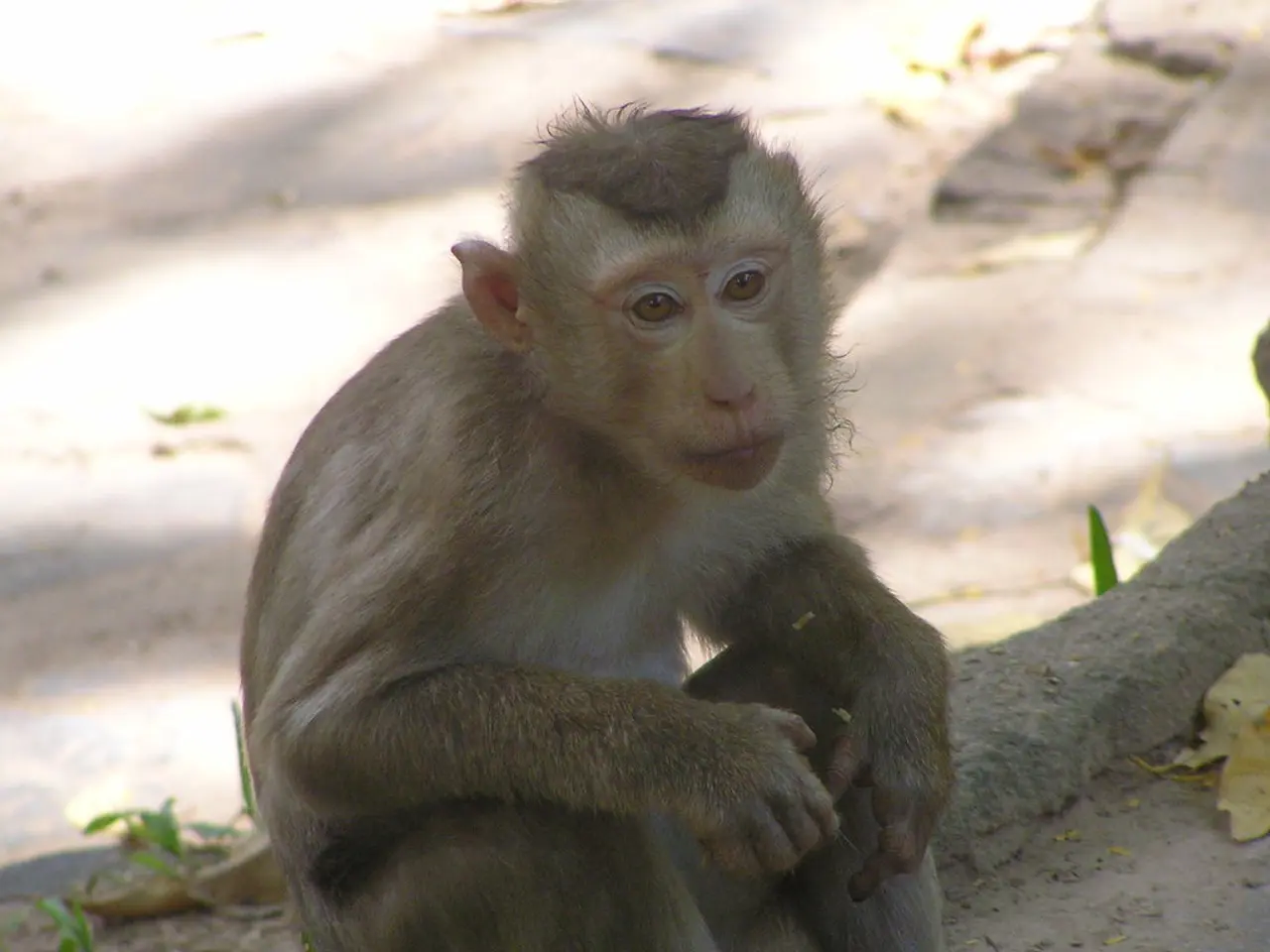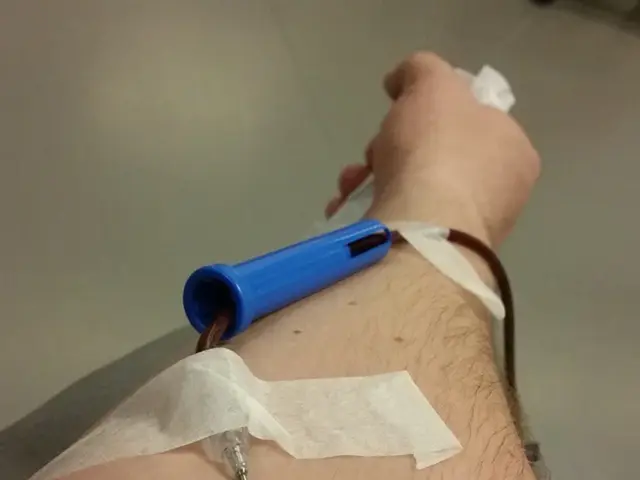Mpox Spreads Worldwide: WHO Declares Global Health Emergency
Mpox, a viral disease similar to smallpox, has gained global attention due to its recent worldwide spread. The World Health Organization (WHO) declared it a Public Health Emergency of International Concern in July 2022. The virus, previously mainly active in tropical, rural parts of central and western Africa, is now a cause for concern across the globe.
Mpox, also known as monkeypox, is primarily spread through direct contact with the virus through bodily fluids, skin or mucous lesions, respiratory droplets, or contaminated objects. It can also be transmitted from animals to humans and vice versa, with rats and monkeys being potential carriers in African regions where the disease is prevalent. The virus causes symptoms such as fever, headache, muscle aches, backache, fatigue, chills, swollen lymph nodes, and a rash that progresses through several stages.
Before 2022, mpox cases were largely confined to central and western Africa, with the West African strain now spreading worldwide. This shift has led to concerns about the virus's potential to cause more severe outbreaks in previously unaffected regions. Possible complications of mpox include bronchopneumonia, sepsis, encephalitis, infection of the cornea, and secondary infections.
The global spread of mpox highlights the need for increased vigilance and preparedness. Understanding the virus's transmission methods, which include intimate contact, bites and scratches from infected animals, and eating infected meat, can help in preventing its spread. With two main strains of the virus, the West African and the Congo Basin virus, ongoing research and monitoring are crucial to mitigate the risk posed by this emerging global health threat.
Read also:
- Rosselkhozbank's Yakutsk Branch Expands 'Farmer School' to Train SVO Veterans in Agribusiness
- Emerging Fashions in Marijuana Storage: TVLPK's Attractive Gear for Cannabis Carrying
- The Distinction Between Sexual Identity and Gender Identity
- Symptoms, Prevention Strategies, and Management Methods for Measles




